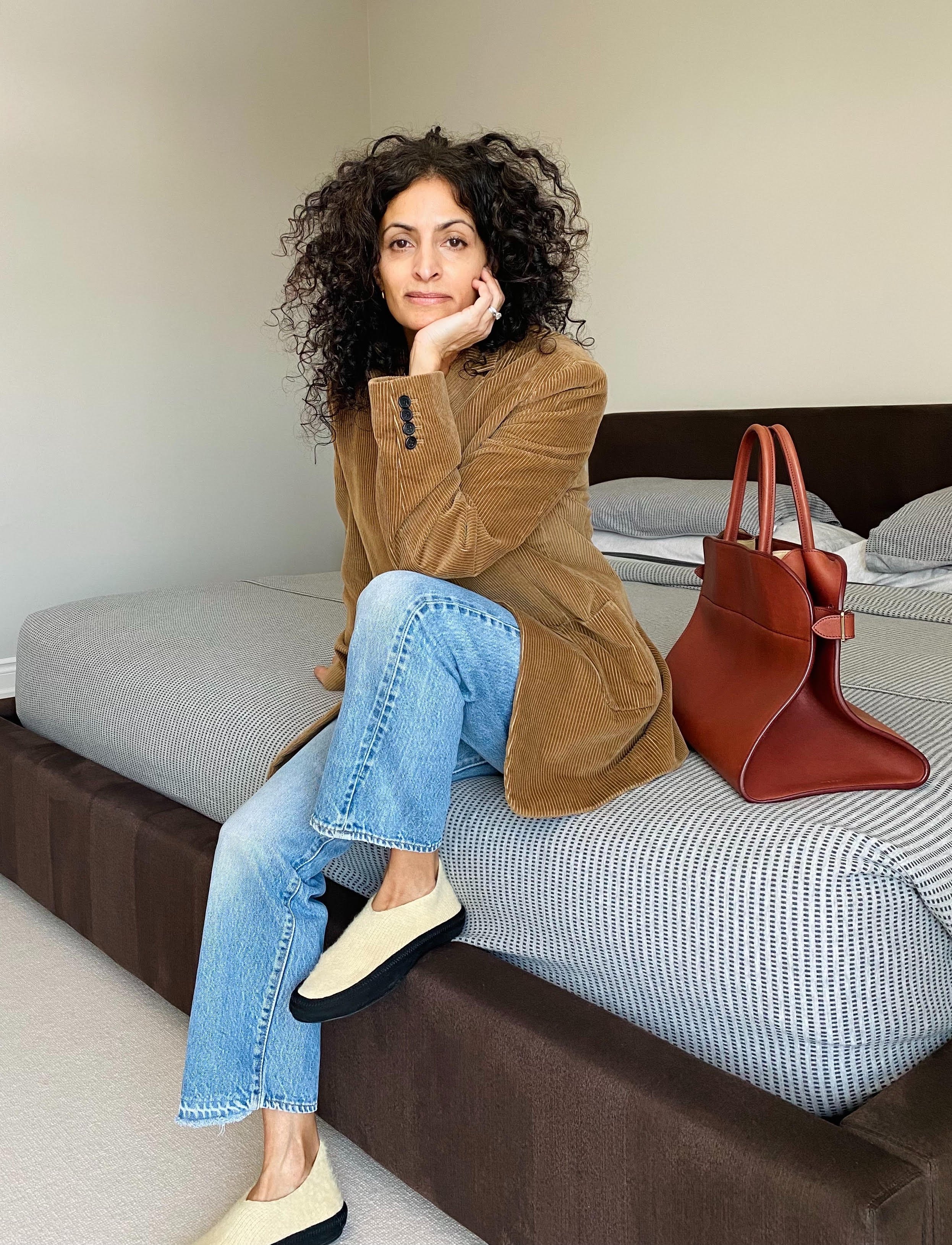Do Brands Even Know How To Build a Community?
Do Brands Even Know How To Build a Community?
With Ana Andjelic, Neelam Ahooja, Gabrielle Boucinha and Erica Wright
By HURS Team
As culture has become more homogenous, many subcultures have died with it. We used to look to other people for advice, inspiration or a point of view. But consumers are increasingly looking for brands to fulfil that role. Building tribes of like-minded people, rallying behind the brands we love.
As we continue to humanize brands, we demand them to take a stance on topics important to us. Adding an extra layer of meaning and depth. Speak our language. As a result, our purchase decisions no longer strictly signify status or taste level. Instead, they define who we are and what we stand for. All has led to the relationships we’re building with brands becoming scarily similar to the relationships we build with our friends, families or colleagues.
After all, the holy grail of marketing is to transform everyday consumers into true believers, and promoters, of your brand. To do so, however, brands have to give consumers the keys to their usually firmly closed gates, and just access isn’t enough. Magic happens when consumers are able to create their communities, narratives and ideas on their terms, without having to ask for a brand’s permission. Brands have to be willing to become co-contributors of their narrative, over fully owning it.
Leading this approach are Peloton, Glossier and Apple. Three new luxury brands that showcase that you don’t need to dictate to be successful. So far, most fashion, art and design brands have missed the boat, unable to achieve the same success. A missed opportunity for both brand awareness, and business growth.
ANA ANDJELIC
Ana Andjelic is a brand executive, author of “The Business of Aspiration” and one of Forbes’s The World’s Most Influential CMOs. Ana specializes in building brand-driven modern businesses. She earned her doctorate in sociology and worked at the world’s top brands and advertising agencies. She is a widely read columnist, speaker and advisor. Subscribe to her newsletter, The Sociology of Business.
NEELAM AHOOJA
Neelam Ahooja is a Canadian based stylist and collector. She create content within the fashion and beauty space. Her focus is elevated minimalism with a spotlight on The Row.
GABRIELLE BOUCINHA
Gabrielle Boucinha is a freelance creative consultant and editor based in Toronto. Most recently working with Room Service Los Angeles. Other notable projects have included working as a specialist in the marketing department at SSENSE, guest speaking at NYU and starting the online platform Old Céline.
ERICA WRIGHT
Erica Wright is the Founder & CEO of Sourcewhere - the app to request and source curated luxury fashion, present and past. Prior to Sourcewhere she held roles at Net-A-Porter and MyTheresa in PR & Communications.
We asked four industry experts with deep loyalty to brands about their take on contemporary brand tribalism, what brands do it well and the opportunities ahead for those smart enough to participate in community-led conversation.

















